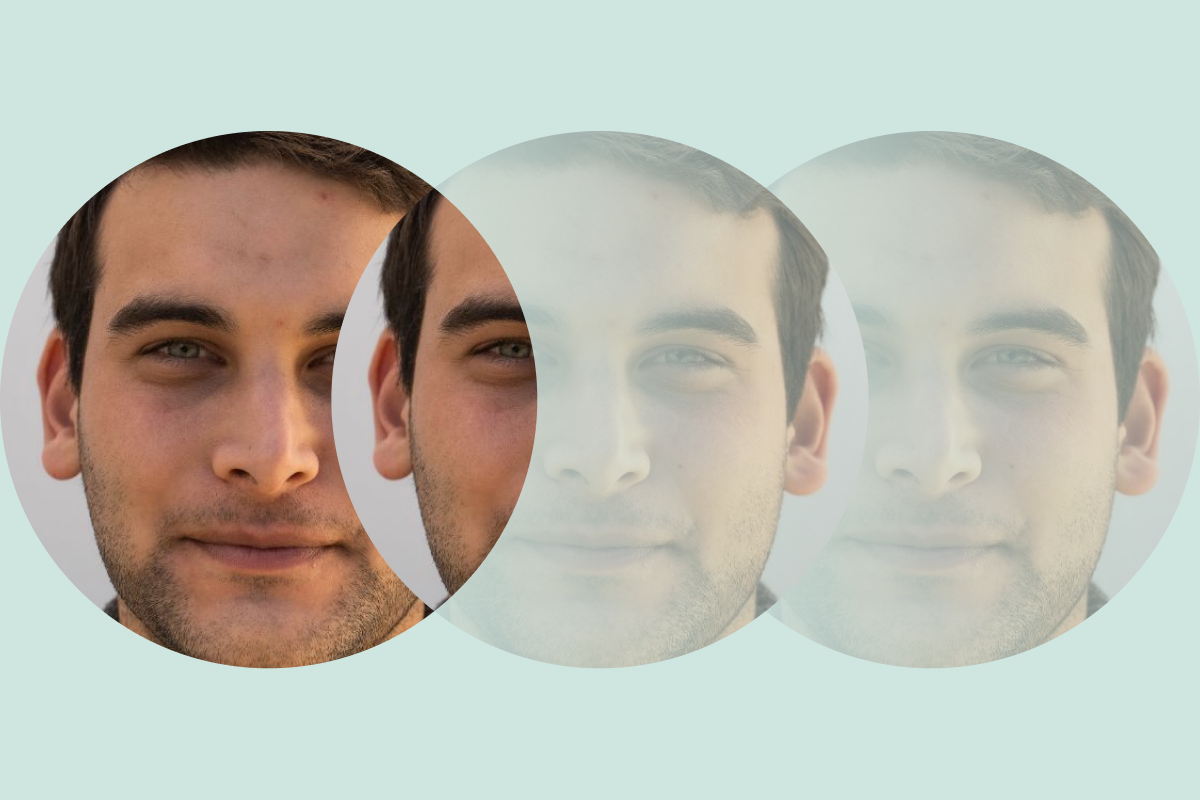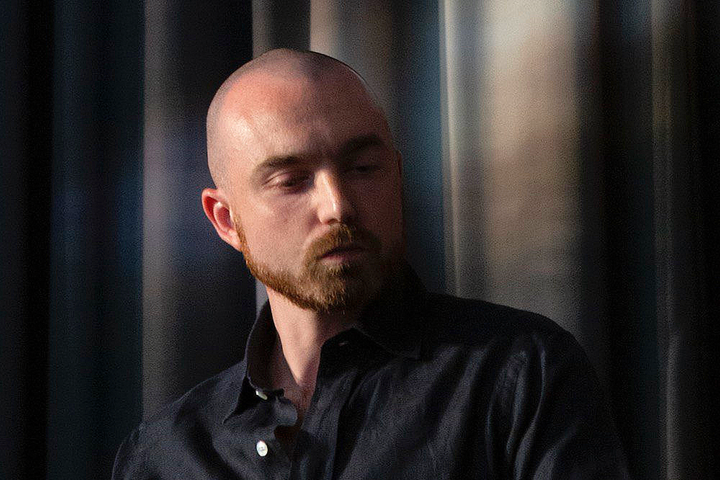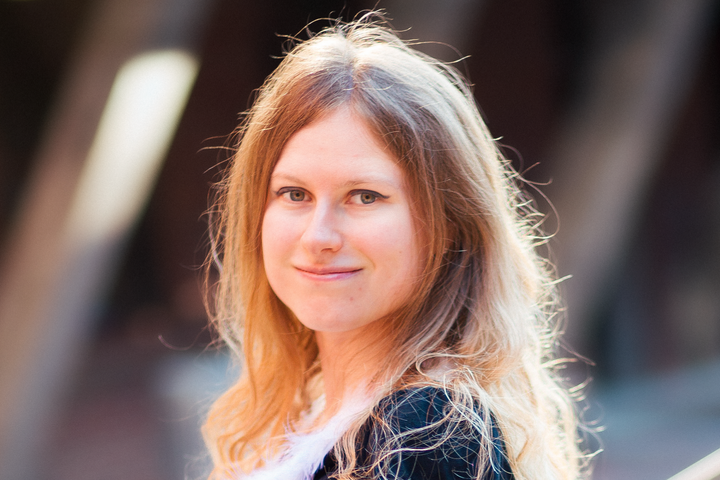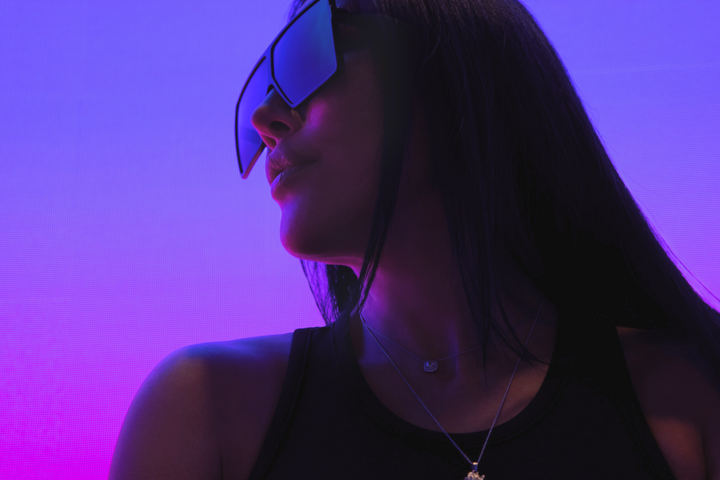Giulio Bozzo, Projecting Digital Art On Italian Heritage Monuments

Inciting a Crypto Art Cultural Revolution in Italy, and the Three Main Types of NFT-interested Collectors
Why is curation important in the digital art space?
Curating for me is fundamental. The past few years have seen a financial and technological phenomenon, but not an artistic and cultural one. If we want the digital art ecosystem to evolve, we need to focus on content, not selling price.
Why did you choose to focus on crypto art?
I became interested in contemporary and digital art during my degree in Conservation and Enhancement of Cultural Heritage at the University of Genoa. I would see a lot of contemporary artists posting on Instagram and being commissioned by music and fashion brands, but ignored by the art market. This observation sparked the desire to give cultural and economic value to digital art, and in October 2019, I curated "Digital Collage Art: surreality between yesterday and today,” an exhibition that compared surrealist works by Dali, Magritte, Ernst, and Frida Kahlo with artworks by two emerging artists, H3C and Marcos Guinoza. A few months later, I discovered the world of blockchain. We then founded Reasoned Art, with Andrea Marec, to support companies in the crypto art scene, because we wanted to be an active part in the evolution of our traditionally-reluctant country toward this important artistic and cultural phenomenon.
How do you choose the crypto artists you work with?
I don't like the term crypto artists, I think it is misleading. But with Edoardo Durante (curator of Reasoned Art) we scout social media and our network and organize interviews with digital artists to understand them better. We look for those who have a communicative and expressive urgency. Art represents an excellent tool for investigation and change of perspective. Italy has always been considered the cradle of culture and we believe that in this particular and complicated historical moment there is a need for a revolution that is first cultural and then economic and political.
To date, we collaborated with more than 70 artists divided by medium, message to be disseminated, and market positioning. We work mostly with Italian artists, due to our immediate reality, but also with some international artists because we want to promote and popularize our values about digital art, for a more sustainable and valuable market (taking a cue from the great work of gallerist Leo Castelli).
How do you curate digital artists at Reasoned Art?
We believe in an onlife approach (quoting philosopher Luciano Floridi), which breaks down the barriers between physical and digital, real and virtual. We focus on the physical display of digital artworks to create participation, discussion, and critique with several exhibitions in traditional galleries (Sui Genesis: Digital Shaping), on digital screens in Milan and Rome (Future Shock, European Brand Campaign for Adidas Originals, Present and Future), and the videomapping projection of digital artworks on monuments (Arco della Pace, Pantheon and Palazzo Maffei).
How do you see the integration of NFT-based and digital art into the Italian art scene?
There is still a lot of "fear" around the NFT world. I think the problem is a lack of education on these issues. But things are also moving. At the institutional level, there was the creation of MEET: Digital Culture Center in Milan three years ago (Maria Grazia Mattei is the director), and this year we saw the birth of the first state museum of digital art (Ilaria Bonacossa is the director), also in Milan. As for us, we were lucky to get Rosario Bifulco, president of Finarte auction house and collector of contemporary art to be our first investor in September 2021 and to collaborate with Anna Paola Negri Clementi of Studio Pavesio Asoociati, the top multi-awarded firm in the field of law and art in Italy, which shows that interest in digital art gains appreciation in various fields of our art scene.
What type of collectors would you describe as NFT-interested?
We can divide the target audience into three macro areas: (1) experienced collectors for whom NFTs represent a diversification of their portfolio; (2) longtime collectors of contemporary art interested in the digital and who see NFTs as a tool to improve the art market by making it more transparent, traceable, and accessible. To date, these are in the minority but we believe they will become very important as the market evolves in the future. Two of the world's leading contemporary art galleries, König and Pace, have created business units dedicated to digital art and NFTs (misa.art and Pace Verso, respectively); and then Gen Z that most enjoys and appreciates this type of art although their economic resources are not comparable to the first two segments. I believe that this generation (which is also mine being born in 1997) can create a totally innovative art world that is closer to sharing dynamics (such as social) to create more democratization.
How would you describe the overall development of crypto art in Italy?
On the curatorship and artists-side we are playing a really very important role. I think it is due to our predisposition toward art and culture and the visionary and dreamy spirit that is inherent in our DNA. The market, on the other hand, has not yet taken off.
How do Italians perceive crypto art?
All innovations in Italy are first demonized, then understood, and finally appreciated. We are in the transition phase between demonization and understanding.
Giulio Bozzo is CEO and founder of Reasoned Art (January, 2021) a startup in support of companies dedicated to crypto art, of which he is CEO. An expert in the NFT, blockchain and Web3 worlds, he has taken part in numerous talks, workshops and seminars organized by universities, organizations and institutions to popularize the potential of digital art within the next cultural revolution. In 2022, he was listed among Forbes Italy's 100 under 30.



